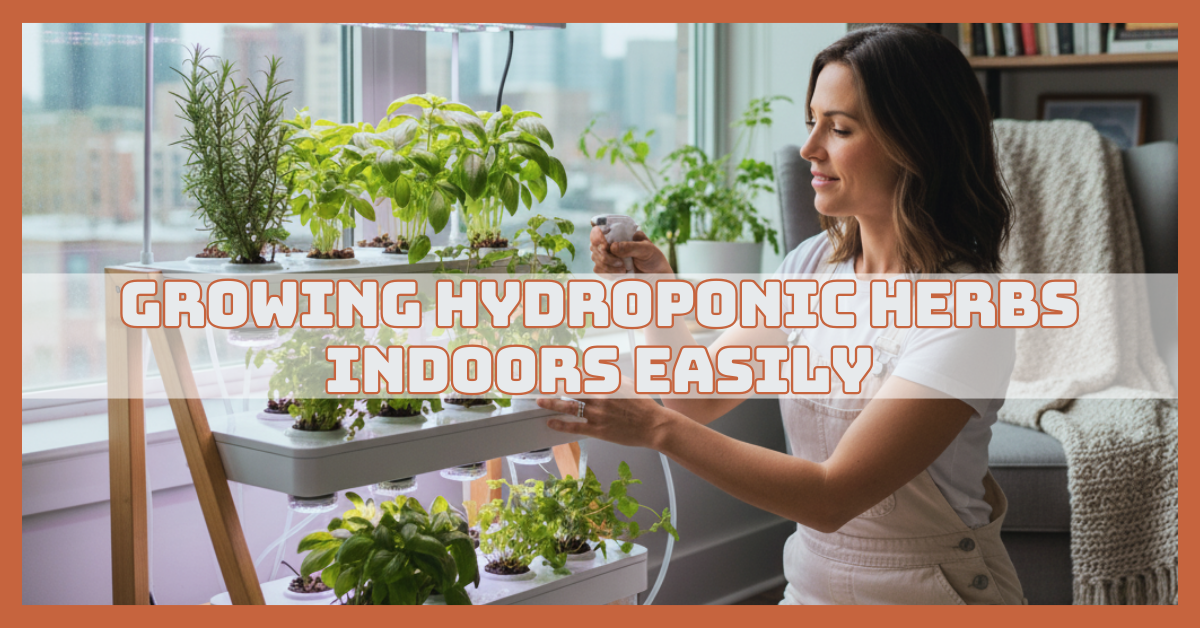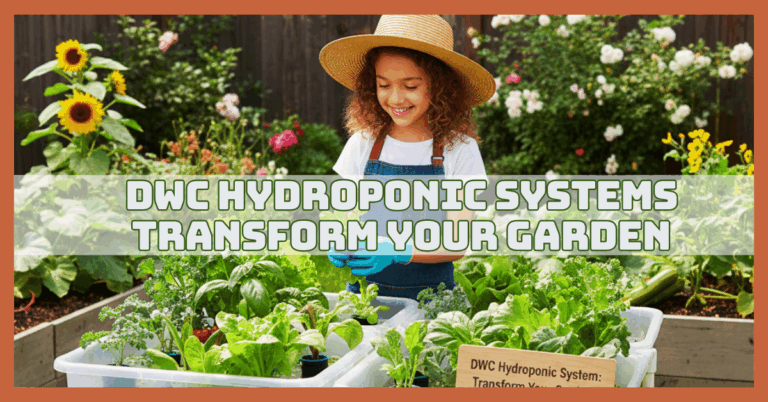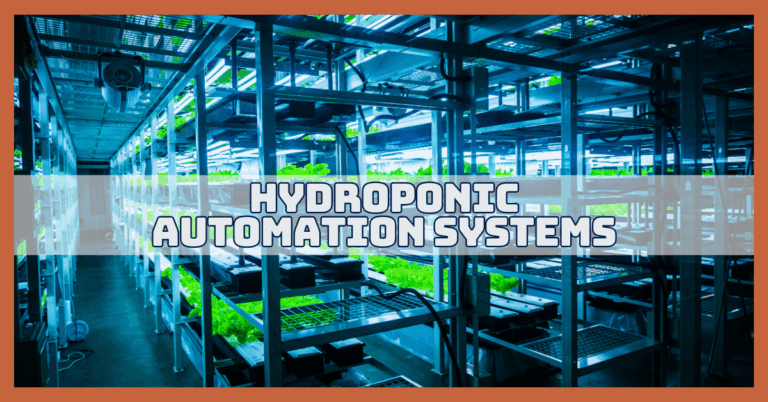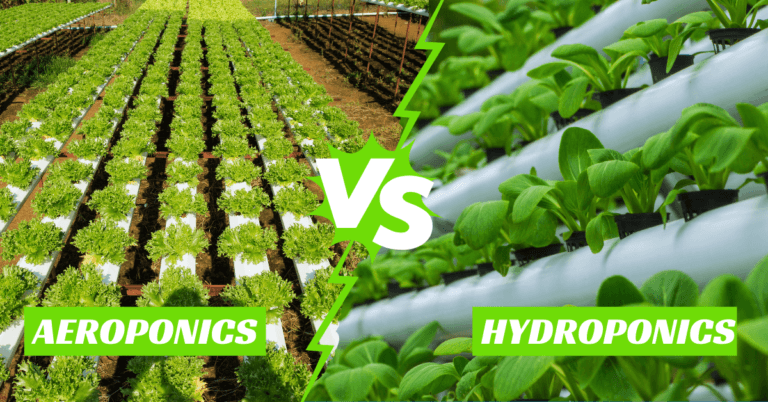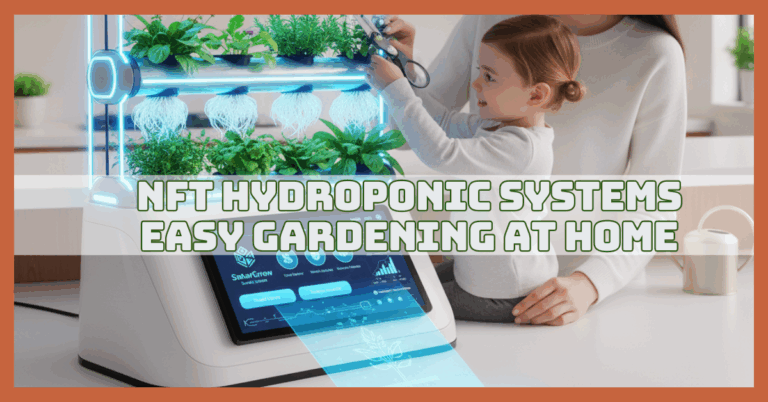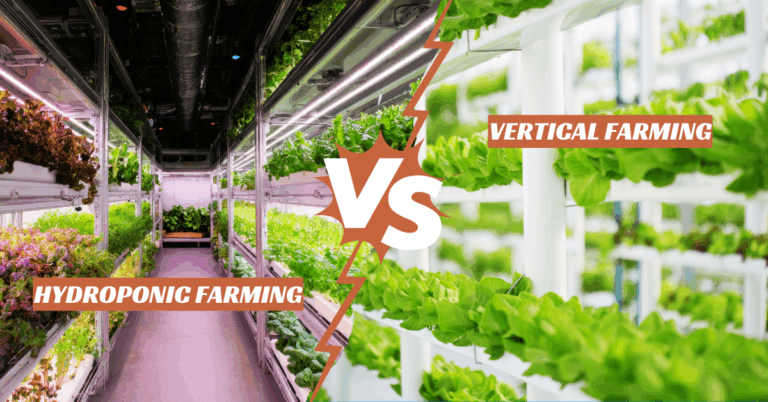Growing Hydroponic Herbs Indoors Easily
Growing hydroponic herbs is an enjoyable and fulfilling way to enjoy tasty, fresh greens all year long. Whether you’re a beginner or an experienced gardener, this method makes it possible to cultivate herbs indoors with minimal space and effort.
In this guide, we’ll explore essential tips, practical tricks, and step-by-step techniques to ensure your hydroponic herb garden thrives.
With the proper setup, you’ll enjoy vibrant, healthy plants that bring flavour, freshness, and beauty to your home year-round.
What Are Hydroponic Herbs?
Hydroponic herbs are herbs grown without soil, using a nutrient-rich water solution to provide everything the plants need to thrive.
Instead of pulling nutrients from the ground, these herbs absorb them directly from the water, which makes the growth process faster and often more efficient. Common hydroponic herbs include basil, mint, cilantro, parsley, dill, and oregano.
Because they’re grown in controlled systems, hydroponic herbs tend to be fresher, cleaner, and available year-round. They’re a popular choice for home gardeners and commercial growers who want high yields in small spaces.
Types Of Hydroponic Herbs
1. Basil (Ocimum basilicum)
Plant Description
Basil is an aromatic herb with bright green, tender leaves. It grows upright and reaches 12–24 inches, perfect for pesto, salads, and Italian dishes.
Growing Zones
USDA zones 9–11 outdoors; hydroponically, it can grow indoors anywhere.
Materials Needed
- Deep Water Culture (DWC) or Nutrient Film Technique (NFT) system
- Hydroponic nutrients (balanced NPK)
- pH meter and adjustment solutions
- Grow lights (12–16 hours/day)
- Rockwool cubes or clay pebbles
Cost
Basic setup: $50–$150; nutrients: $15–$25/month.
Step-by-Step Growing Process
Start by soaking basil seeds in water for 12 hours to improve germination, then plant them in rockwool cubes. Keep the cubes moist under 12–16 hours of light at 70–75°F.
Once seedlings develop 2–3 true leaves, transplant them into a DWC or NFT hydroponic system. Use a nutrient solution with EC 800–1000 ppm and pH 5.5–6.5, refreshing it every two weeks.
Trim the top leaves regularly to encourage bushy growth. Ensure roots remain oxygenated. Harvest plants when they reach 6–8 inches, cutting only the top third to maintain continuous production.
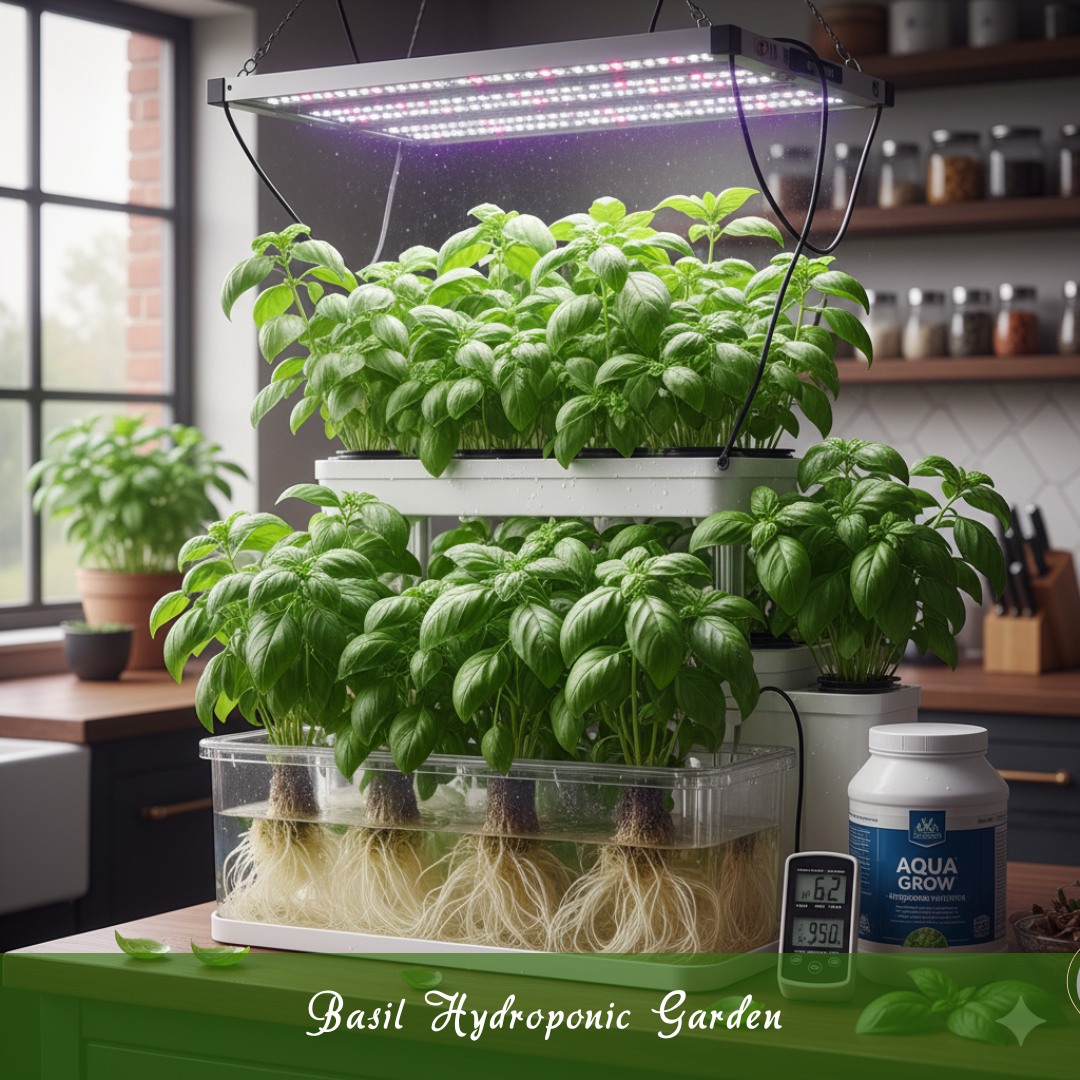
2. Mint (Mentha spicata)
Plant Description
Mint is a fast-growing herb with fragrant, serrated leaves. It’s used in teas, desserts, and cocktails and spreads aggressively in soil but is contained in hydroponics.
Growing Zones
USDA zones 3–11 outdoors; hydroponically indoors anywhere.
Materials Needed
- DWC or Wick system
- Hydroponic nutrient solution
- pH meter and adjustment solutions
- Grow lights (14–16 hours/day)
- Clay pebbles or coconut coir
Cost
Setup: $50–$120; nutrients: $10–$20/month.
Step-by-Step Growing Process
Mint grows well from 3–4 inch cuttings placed in water until roots reach 2–3 inches—transfer cuttings to a hydroponic system using clay pebbles or coco coir.
Maintain 65–75°F and provide 14–16 hours of light daily. Use nutrient solution at EC 600–900 ppm with pH 5.5–6.5, refreshing every 10–14 days.
Pinch tops regularly to promote bushy growth and prevent legginess. Keep water oxygenated, especially in DWC setups.
Harvest leaves frequently, but avoid removing more than half the plant to maintain steady growth. Ensure consistent light and nutrient supply for the best flavour.
3. Cilantro (Coriandrum sativum)
Plant Description
Cilantro has delicate, feathery leaves, commonly used in salsas, curries, and salads. Its roots are edible and flavorful.
Growing Zones
USDA zones 2–11; grows well indoors hydroponically.
Materials Needed
- NFT or Ebb & Flow system
- Rockwool or hydroponic foam cubes
- Hydroponic nutrient solution
- pH meter
- Grow lights (14–16 hours/day)
Cost
Setup: $80–$200; nutrients: $15–$25/month.
Step-by-Step Growing Process
To expedite germination, soak cilantro seeds in water for a full day. Then, put them in rockwool cubes, making sure the medium is constantly moist.
Maintain 65–75°F under 14–16 hours of light. Move seedlings into an NFT or Ebb & Flow hydroponic system as soon as they have two to three genuine leaves.
Use nutrient solution at EC 600–800 ppm and pH 6.0–6.5, refreshing every two weeks—thin seedlings to prevent overcrowding. Keep water cool and oxygenated to reduce stress.
Begin harvesting outer leaves when 4–6 inches tall, cutting gently and leaving the central crown to continue growth for continuous production.
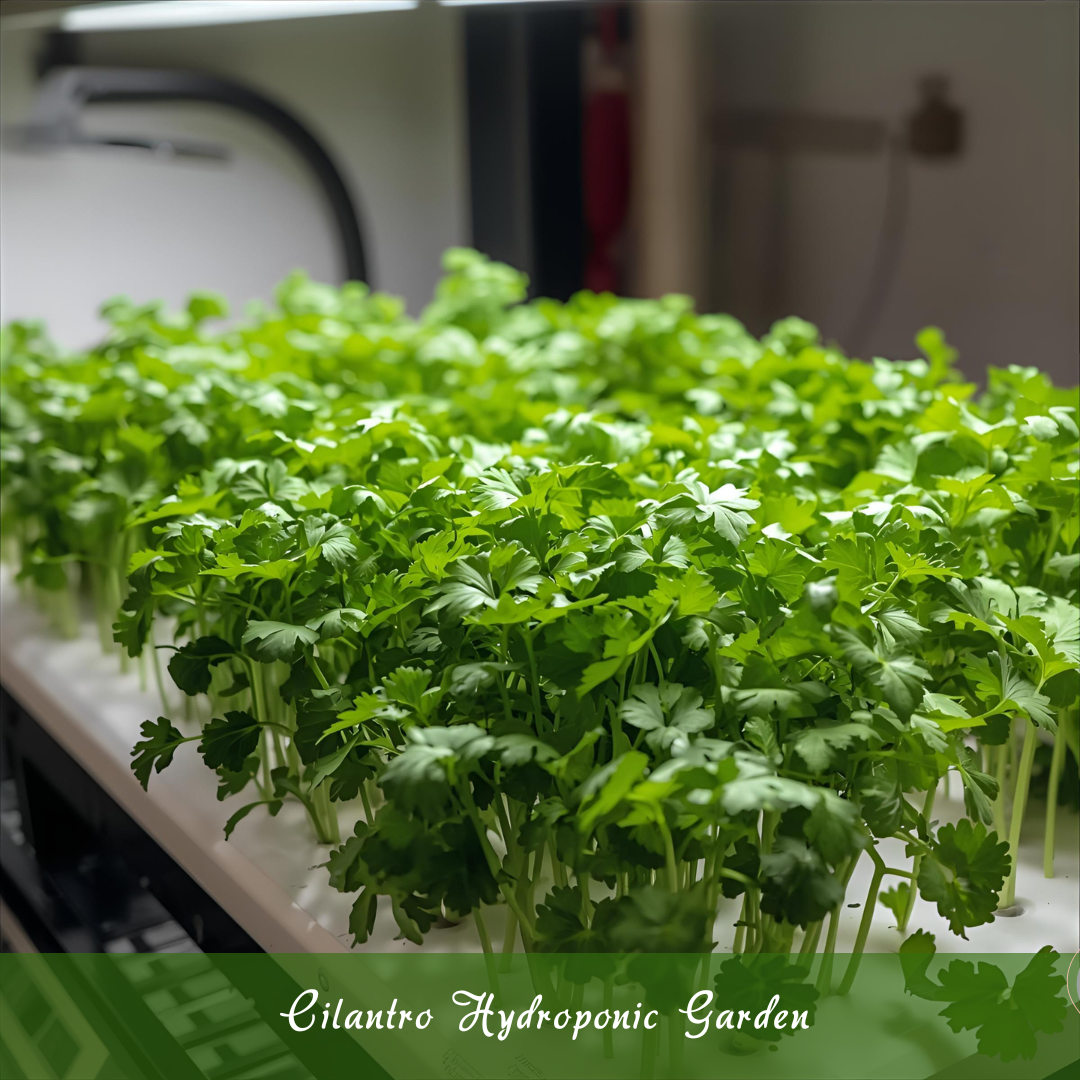
4. Parsley (Petroselinum crispum)
Plant Description
Parsley has curly or flat leaves with a fresh, mild flavour. Widely used for garnishes, salads, and sauces.
Growing Zones
USDA zones 3–9; hydroponically anywhere indoors.
Materials Needed
- DWC or NFT system
- Rockwool or clay pebbles
- Hydroponic nutrient solution
- pH meter and solution
- Grow lights (12–14 hours/day)
Cost
Setup: $50–$150; nutrients: $10–$20/month.
Step-by-Step Growing Process
Soak parsley seeds for 24 hours to improve germination, then plant them in rockwool cubes, keeping them consistently moist. Maintain 70°F for germination under 12–14 hours of light daily.
Once seedlings reach 3–4 inches, transplant them into a DWC or NFT system. Use nutrient solution at EC 700–900 ppm and pH 6.0–6.5, changing it every two weeks. Trim outer leaves regularly to encourage bushy growth and prevent overcrowding.
Keep roots oxygenated to avoid rot. To ensure ongoing production, start harvesting when the plants are 6 to 8 inches tall, being careful not to remove the central crown.
5. Chives (Allium schoenoprasum)
Plant Description
Chives have slender, hollow green leaves with a mild onion flavour. Ideal for soups, salads, and baked dishes.
Growing Zones
USDA zones 3–9; can grow hydroponically indoors year-round.
Materials Needed
- DWC or NFT system
- Hydroponic nutrients
- pH meter and adjustment solutions
- Grow lights (12–14 hours/day)
- Rockwool cubes or clay pebbles
Cost
Setup: $50–$120; nutrients: $10–$15/month.
Step-by-Step Growing Process
Soak chive seeds in water for 12 hours, then plant them in rockwool cubes, keeping them moist. Maintain 65–70°F under 12–14 hours of light daily. Once seedlings reach 2–3 inches, transplant them into a DWC or NFT system.
Use nutrient solution at EC 600–800 ppm and pH 6.0, refreshing every two weeks. Trim leaves regularly to encourage regrowth, ensuring you never cut roots.
Keep water well-oxygenated to prevent stagnation. Harvest by snipping 2–3 inches from the top. Continuous harvesting is possible, and regular trimming promotes fuller, healthier plants with vibrant flavour for culinary use.
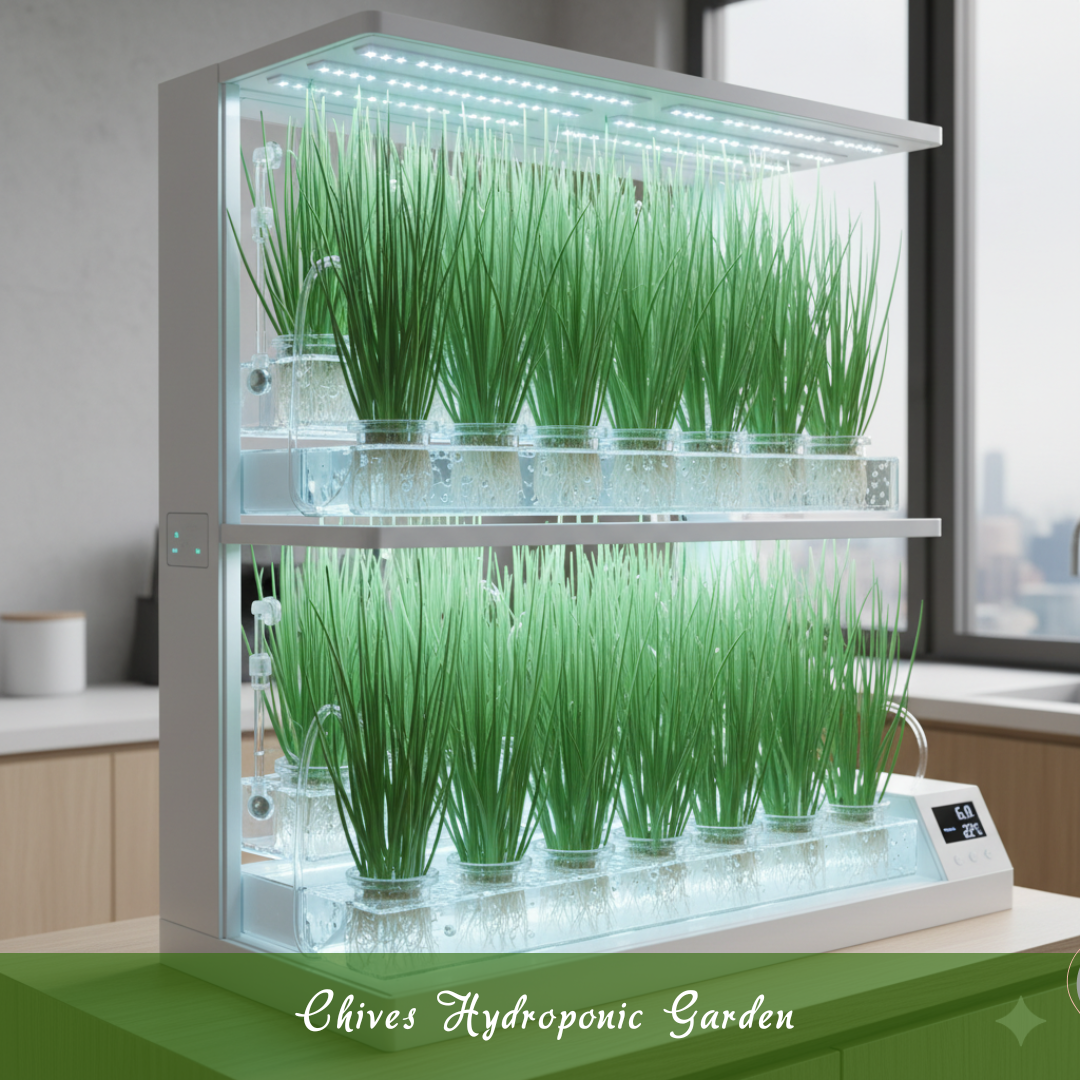
6. Dill (Anethum graveolens)
Plant Description
Dill is a feathery, aromatic herb with bright green leaves and a mild, tangy flavour. Perfect for pickling, salads, and fish dishes.
Growing Zones
USDA zones 3–7 outdoors; hydroponically indoors anywhere.
Materials Needed
- NFT or DWC system
- Rockwool cubes or clay pebbles
- Hydroponic nutrient solution
- pH meter
- Grow lights (14–16 hours/day)
Cost
Setup: $70–$180; nutrients: $10–$20/month.
Step-by-Step Growing Process
Soak dill seeds for 12–24 hours to enhance germination, then plant in rockwool cubes. Keep the medium moist at 65–75°F under 14–16 hours of light daily. Once seedlings develop 2–3 leaves, transfer them to a DWC or NFT system.
Use nutrient solution at EC 600–800 ppm and pH 6.0–6.5, refreshing every 10–14 days. Thin the seedlings to prevent overcrowding and ensure airflow. Trim stems regularly to encourage bushier growth.
Maintain water oxygenation to avoid root rot. Harvest leaves when 6–8 inches tall, cutting selectively to allow continuous growth and avoid stressing the plant.
Turn Your Passion for Nature Into Income
🌿 Whether you love gardening, caring for animals, or exploring holistic living,
You can share your knowledge online and earn from it.
Discover how nature lovers are growing their passions into meaningful, income-generating blogs. 👇
7. Oregano (Origanum vulgare)
Plant Description
Oregano has small, fragrant leaves with a strong, earthy flavour, perfect for Mediterranean cooking and pizza.
Growing Zones
USDA zones 5–10 outdoors; hydroponically suitable indoors year-round.
Materials Needed
- DWC, NFT, or Ebb & Flow system
- Clay pebbles or rockwool cubes
- Hydroponic nutrient solution
- pH meter
- Grow lights (12–14 hours/day)
Cost
Setup: $60–$150; nutrients: $10–$20/month.
Step-by-Step Growing Process
Start oregano from seeds or cuttings. Soak seeds for 12 hours or place cuttings in water until roots form. Plant in rockwool cubes or clay pebbles, keeping the medium moist under 12–14 hours of light at 65–75°F.
Once seedlings reach 2–3 inches, transplant to your hydroponic system, use nutrient solution at EC 600–900 ppm and pH 6.0–6.5, refreshing biweekly. Trim leaves regularly to promote bushy growth.
Ensure roots are oxygenated and water is clean to avoid algae. Harvest leaves selectively, taking the top stems for continuous growth without weakening the plant.
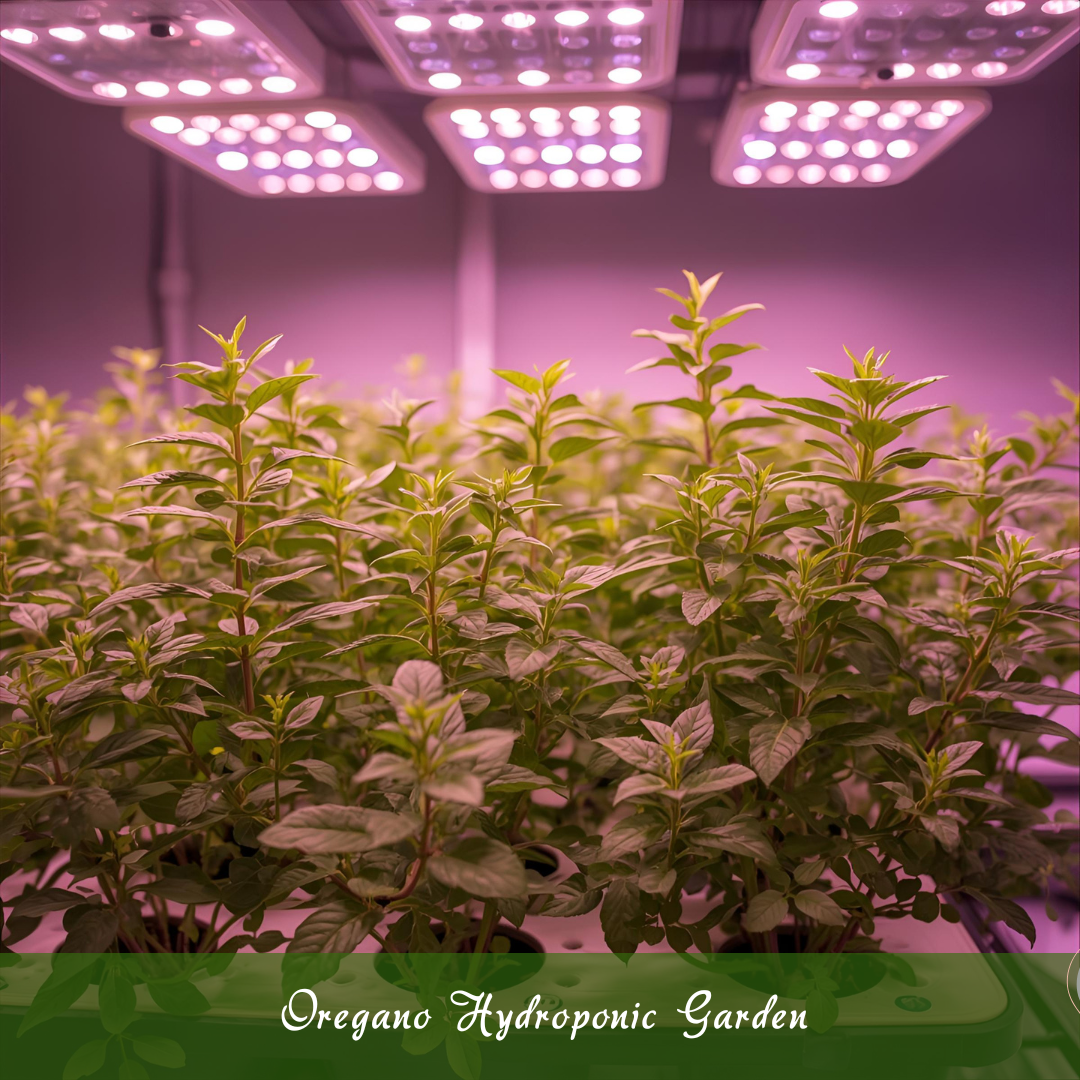
8. Thyme (Thymus vulgaris)
Plant Description
Thyme is a woody perennial with small, aromatic leaves. It adds earthy flavour to soups, stews, and roasted vegetables.
Growing Zones
USDA zones 5–9 outdoors; hydroponically adaptable indoors.
Materials Needed
- DWC, NFT, or Wick system
- Rockwool or clay pebbles
- Hydroponic nutrient solution
- pH meter
- Grow lights (12–14 hours/day)
Cost
Setup: $60–$150; nutrients: $10–$15/month.
Step-by-Step Growing Process
Start thyme from cuttings or seeds. Soak seeds for 12 hours or root cuttings in water before planting in rockwool cubes or clay pebbles.
Maintain 65–75°F with 12–14 hours of light daily. Transplant seedlings to a DWC or NFT hydroponic system once they are 2–3 inches tall.
Provide nutrient solution at EC 600–800 ppm and pH 6.0–6.5, refreshing every 10–14 days. Trim stems occasionally to encourage denser growth.
Keep the water oxygenated and avoid stagnation to prevent root rot. Harvest selectively by snipping top leaves, leaving lower stems for continuous production and long-term health.
9. Sage (Salvia officinalis)
Plant Description
Sage is a hardy perennial with soft, gray-green leaves and a strong, earthy flavour. Ideal for poultry, sauces, and seasoning.
Growing Zones
USDA zones 4–8 outdoors; hydroponically indoors any time.
Materials Needed
- DWC or NFT system
- Rockwool cubes or clay pebbles
- Hydroponic nutrient solution
- pH meter
- Grow lights (12–14 hours/day)
Cost
Setup: $70–$180; nutrients: $10–$20/month.
Step-by-Step Growing Process
Start sage from cuttings or seeds. Soak seeds 12 hours or root cuttings in water. Plant in rockwool cubes or clay pebbles and keep the medium consistently moist under 12–14 hours of light at 65–75°F.
Once seedlings reach 2–3 inches, transfer to a DWC or NFT hydroponic system. Use nutrient solution at EC 600–800 ppm and pH 6.0–6.5, refreshing biweekly. Trim stems periodically to encourage dense growth.
Ensure roots remain oxygenated to prevent rot. Harvest mature leaves by cutting selectively, leaving stems intact to support continuous growth and maintain plant vigour.
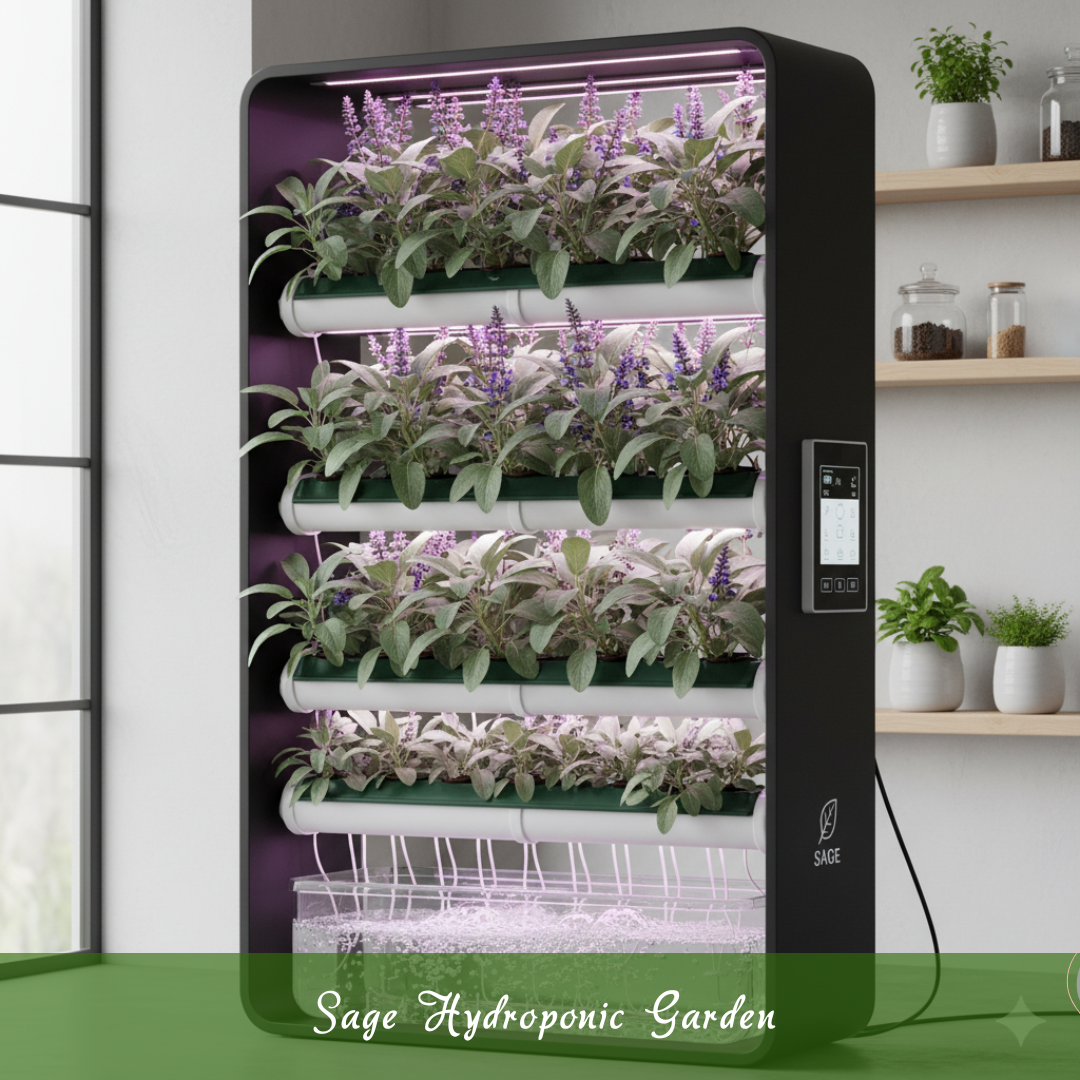
10. Rosemary (Rosmarinus officinalis)
Plant Description
Rosemary is a woody, fragrant herb with needle-like leaves. It is perfect for roasted dishes, soups, and bread.
Growing Zones
USDA zones 7–10 outdoors; hydroponically indoors with consistent light.
Materials Needed
- DWC or NFT system
- Rockwool cubes or clay pebbles
- Hydroponic nutrient solution
- pH meter
- Grow lights (12–16 hours/day)
Cost
Setup: $80–$200; nutrients: $15–$25/month.
Step-by-Step Growing Process
Start rosemary from cuttings, as seeds germinate slowly. Root cuttings in water, then plant in rockwool cubes or clay pebbles. Provide 12–16 hours of light daily at 65–75°F.
Transfer the seedlings to a DWC or NFT system when they are 2–3 inches tall. Use nutrient solution at EC 600–800 ppm and pH 6.0–6.5, refreshing every 10–14 days. Trim tops to encourage bushy growth.
Ensure water is well-oxygenated to prevent root rot. Harvest mature leaves selectively, cutting small stems without damaging roots, which allows continuous production and ensures the plant remains healthy and flavorful over time.
11. Lemon Balm (Melissa officinalis)
Plant Description
Lemon balm has bright green, slightly fuzzy leaves with a citrusy aroma. It’s perfect for teas, desserts, and flavouring beverages.
Growing Zones
USDA zones 4–9 outdoors; hydroponically indoors anywhere.
Materials Needed
- DWC or NFT system
- Rockwool cubes or clay pebbles
- Hydroponic nutrient solution
- pH meter and adjusters
- Grow lights (12–16 hours/day)
Cost
Setup: $60–$150; nutrients: $10–$20/month.
Step-by-Step Growing Process
Start lemon balm from cuttings or seeds. Soak seeds for 12 hours or root cuttings in water, then plant in rockwool cubes or clay pebbles. Maintain 65–75°F with 12–16 hours of light daily.
Once seedlings reach 2–3 inches, transfer to a DWC or NFT system. Use nutrient solution at EC 600–900 ppm and pH 6.0–6.5, refreshing every 10–14 days. To avoid legginess and encourage bushy growth, trim leaves frequently.
Keep the water oxygenated to avoid root issues. Harvest outer leaves when mature, leaving the center intact for continuous growth and optimal flavour.
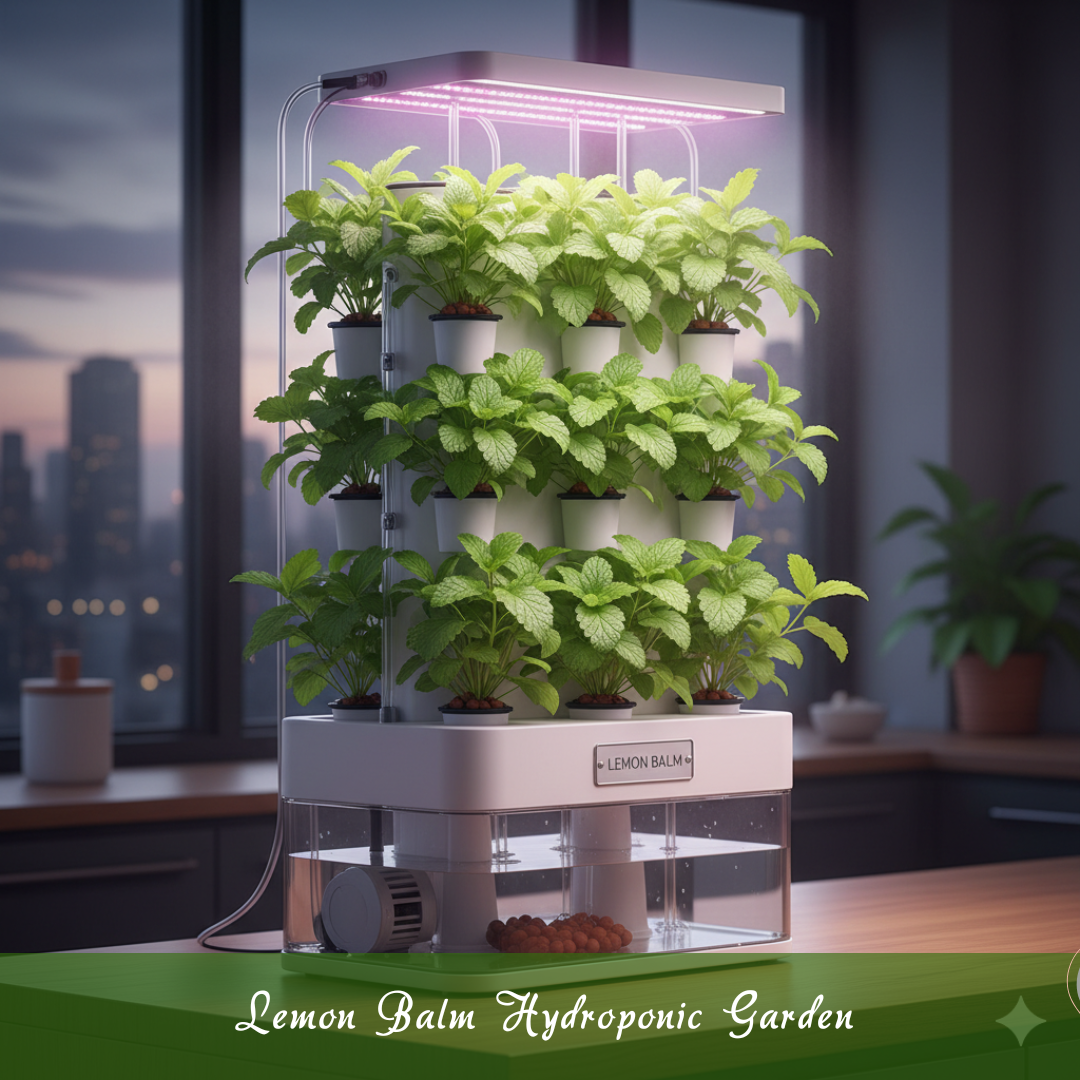
12. Tarragon (Artemisia dracunculus)
Plant Description
Tarragon has slender, dark green leaves with a slightly licorice-like flavour. It’s popular in French cuisine, sauces, and salad dressings.
Growing Zones
USDA zones 4–8 outdoors; hydroponically indoors with consistent light.
Materials Needed
- DWC or NFT system
- Rockwool or clay pebbles
- Hydroponic nutrient solution
- pH meter and solution
- Grow lights (12–14 hours/day)
Cost
Setup: $70–$180; nutrients: $10–$20/month.
Step-by-Step Growing Process
Start tarragon from cuttings, as seeds germinate slowly. Root cuttings in water, then plant in rockwool cubes or clay pebbles. Provide 12–14 hours of light daily at 65–75°F.
Transplant seedlings to a DWC or NFT system when they are 2–3 inches tall. Use nutrient solution at EC 600–800 ppm and pH 6.0–6.5, refreshing every two weeks. Trim stems to encourage bushy growth.
Keep roots oxygenated and monitor water to prevent stagnation. Harvest mature leaves selectively by cutting outer stems, leaving the central growth intact for continuous production and strong flavour retention.
13. Marjoram (Origanum majorana)
Plant Description
Marjoram has small, oval, gray-green leaves with a mild, sweet flavour. It’s commonly used in soups, stews, and Mediterranean dishes.
Growing Zones
USDA zones 5–9 outdoors; hydroponically adaptable indoors year-round.
Materials Needed
- DWC or NFT system
- Rockwool cubes or clay pebbles
- Hydroponic nutrient solution
- pH meter
- Grow lights (12–14 hours/day)
Cost
Setup: $60–$150; nutrients: $10–$20/month.
Step-by-Step Growing Process
Start marjoram from seeds or cuttings. Soak seeds 12 hours or root cuttings in water, then plant in rockwool cubes or clay pebbles. Maintain 65–75°F under 12–14 hours of light daily.
Once seedlings reach 2–3 inches, transplant them into a DWC or NFT hydroponic system. Use nutrient solution at EC 600–800 ppm and pH 6.0–6.5, refreshing every two weeks. Trim leaves occasionally to promote bushy growth.
Ensure water is oxygenated and clean to prevent root rot. Harvest mature stems selectively by cutting the top leaves, leaving lower stems intact for continuous growth and flavour.
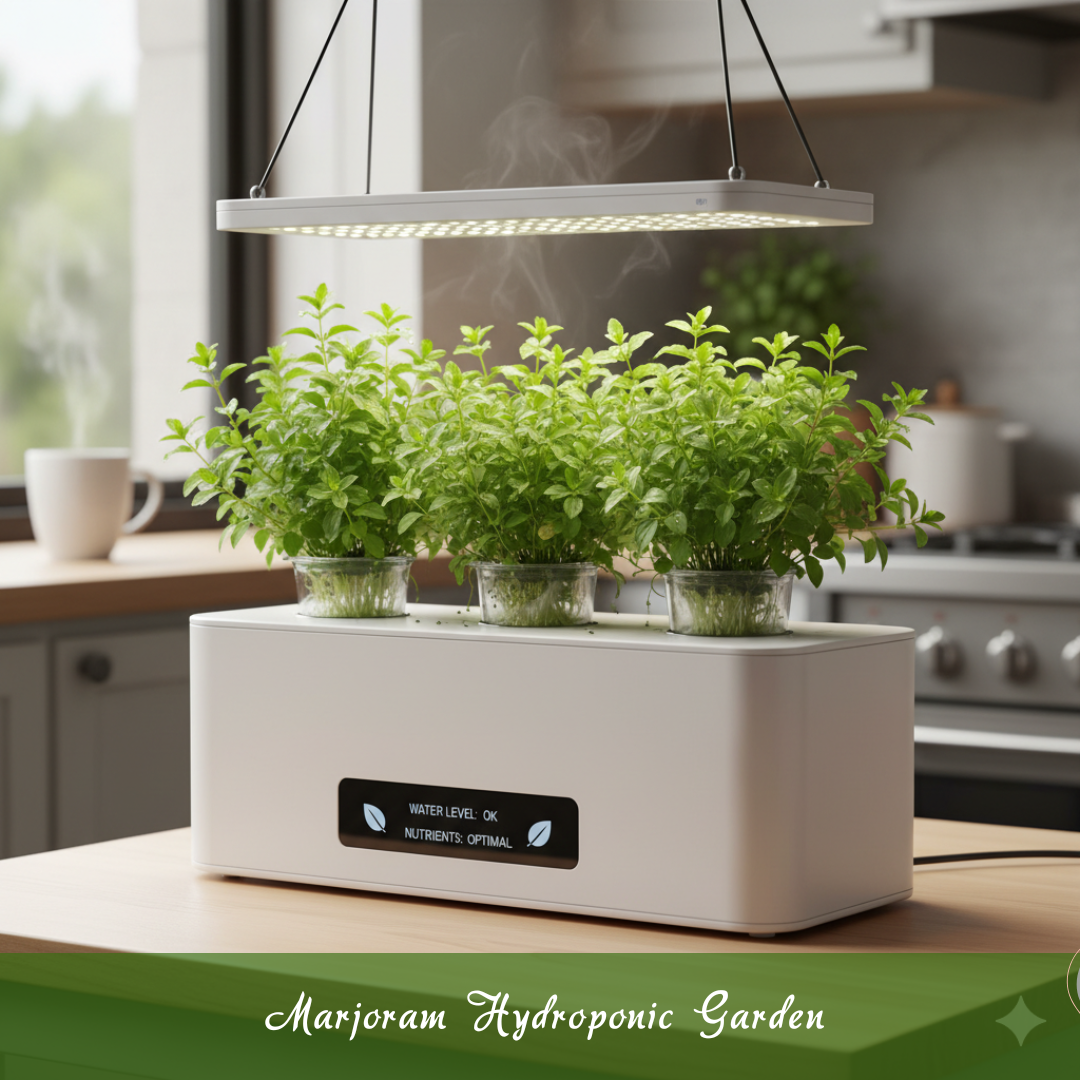
14. Fennel (Foeniculum vulgare)
Plant Description
Fennel has feathery green leaves and a bulbous base, offering a mild anise-like flavour. It is perfect for salads, soups, and seafood.
Growing Zones
USDA zones 4–9 outdoors; hydroponically indoors year-round.
Materials Needed
- DWC or NFT system
- Rockwool or clay pebbles
- Hydroponic nutrient solution
- pH meter
- Grow lights (12–14 hours/day)
Cost
Setup: $70–$180; nutrients: $10–$20/month.
Step-by-Step Growing Process
Soak fennel seeds for 12–24 hours to improve germination. Plant them in rockwool cubes, keeping the medium moist at 65–75°F with 12–14 hours of light daily.
Once seedlings reach 2–3 inches, transplant into a DWC or NFT hydroponic system, use nutrient solution at EC 600–900 ppm and pH 6.0–6.5, refreshing every 10–14 days. Thin the seedlings to prevent overcrowding and ensure airflow.
Trim outer leaves occasionally to encourage bushy growth. Keep the water oxygenated to avoid root rot. Harvest leaves or bulbs selectively when mature, leaving enough foliage to maintain continued plant growth.
FAQs
Are Hydroponic Herbs Easier To Grow Than Soil Herbs?
Not necessarily easier, but hydroponic herbs grow faster and are less prone to pests or soil-borne diseases. They require careful monitoring of nutrients, pH, and light.
How Do I Prevent Root Rot?
Keep water oxygenated using an air pump, avoid overwatering, and maintain proper temperatures (65–75°F). Clean the system periodically to prevent pathogens.
Conclusion
Mastering the art of growing hydroponic herbs opens up endless possibilities for fresh cooking and indoor gardening. You can enjoy lush, healthy herbs without soil, space constraints, or seasonal limitations by using these easy ideas and approaches.
Start your hydroponic herb journey today and experience the joy of harvesting flavorful greens right from your own home, making every meal fresher, healthier, and more satisfying.
I trust you enjoyed this article on Growing Hydroponic Herbs Indoors Easily. Please stay tuned for more inspiring guides, helpful tips, and ideas to help you live closer to nature every day.
Take care!
— JeannetteZ
💬 Your Opinion Is Important To Me
Do you have thoughts, ideas, or questions? I’d love to hear from you. Please leave your comments below or email me directly at Jeannette@Close-To-Nature.org.
📚 More Nature-Inspired Reads
Explore more ways to connect with nature, nurture your pets, and live in harmony with the world around you 🌿

